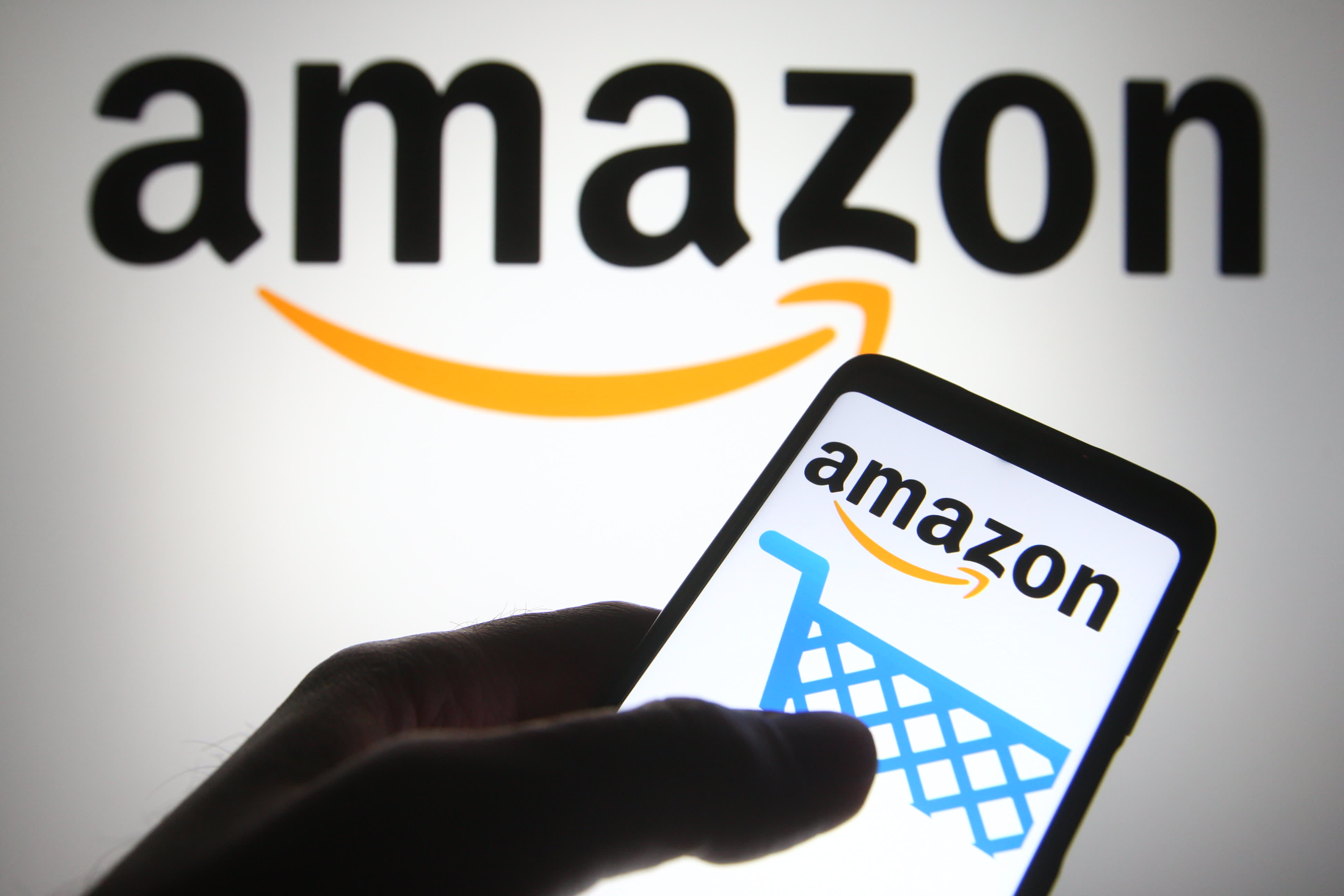Search for “toothpaste” on Amazon, and the top of the web page will show you a mix of popular brands like Colgate, Crest and Sensodyne. Try a separate search for “deodorant” and you’ll first see products from Secret, Dove and Native.
Look a little closer, though, and you’ll notice that those listings are advertisements with the “sponsored” label affixed to them. Amazon is generating hefty revenue from the top consumer brands because getting valuable placement on the biggest e-commerce site comes with a rising price tag.
“There’s fewer organic search results on the page, so that increasingly means the only way to get on the page is to buy your way on there,” said Jason Goldberg, chief commerce strategy officer at advertising firm Publicis.
For consumers looking for toothpaste on Amazon, getting to unpaid results requires two full swipes up on the mobile app.
Until recently, Amazon put two or three sponsored products at the top of search results. Now, there may be as many as six sponsored products that appear ahead of any organic results, with more promotions elsewhere on the page, said Juozas Kaziukenas, who runs e-commerce research firm Marketplace Pulse.
The number of ads that appear differs depending on the exact search term and other factors such as whether users are shopping on desktop, mobile or in the Amazon app, Amazon says.
While Amazon doesn’t break out advertising revenue, ads account for the majority of the company’s “other” sales. That category was the fastest-growing part of Amazon’s overall business in the second quarter, with revenue soaring 87% from a year earlier to more than $7.9 billion.
In 2018, Amazon leapfrogged Microsoft to become the third-largest ad platform in the U.S., trailing only Google and Facebook. Amazon is capitalizing on its market control, knowing that its website or app is where many consumers begin their online shopping journey.
Kaziukenas said Amazon and founder Jeff Bezos have completely transformed from being anti-advertising. It’s become such a lucrative business that ads “have replaced most of the functionality on the site,” he said.
An Amazon spokesperson said there are no dedicated ad slots within search results, meaning that a user may see one ad, multiple ads or none at all. The company said advertising is an optional service for brands and sellers, but that using it can improve visibility of their products.
“Like all retailers, we design our store to help customers easily find and discover the right brands and products, and sponsored ads is one of the many ways we do this,” the spokesperson said in an email. “In all cases we work back from the most useful customer experience and the relevance of the results surfaced, regardless of how they’re presented to the shopper.”
Big consumer products makers aren’t the only ones taking up the most valuable virtual real estate. Amazon is also populating search results with its own products. For example, a search for “shampoo” pulls up a promotion for a bottle of Amazon brand Solimo before ads for products from Pantene, Nexxus, L’Oreal and others.
Sponsored product ads accounted for roughly 73% of retailers’ ad spend on Amazon in the second quarter, according to digital marketing agency Merkle. Last year, Amazon began replacing product recommendations in listings with product ads.
Amazon has also added new ad formats like video ads and sponsored brands posts, which feature a single brand and several product listings in a banner at the top of the page.
Ad prices going up
For brand owners, the price of doing business on Amazon is surging as the company expands its dominance in online commerce.
The cost per click for Amazon search advertising was $1.27 in August, up from 86 cents a year ago, according to a survey of more than 300 Amazon sellers conducted by Canopy Management, an agency that helps manage businesses on Amazon.
Companies that don’t pay the toll are finding their listings buried in search results. At the same time, sellers are paying more overall to Amazon for things like transaction fees and fulfillment services.
“It’s not uncommon now for brands to be spending 50% or more of their product price on various fees to be selling on Amazon,” Kaziukenas said.
Competition has also intensified as a result of the rise of Amazon aggregators, venture-backed companies that are raising big money from outside investors to acquire independent sellers. Some smaller sellers are concerned they may not be able to compete against deep-pocketed aggregators, which are bringing “massive budgets to be spent on Amazon, also in the form of advertising,” Kaziukenas said.
“They’re going from competing against other, smaller sellers to now competing against massive and well-funded sellers,” he said.
WATCH: Inside the rapid growth of Amazon Logistics and how it’s taking on third-party shipping
